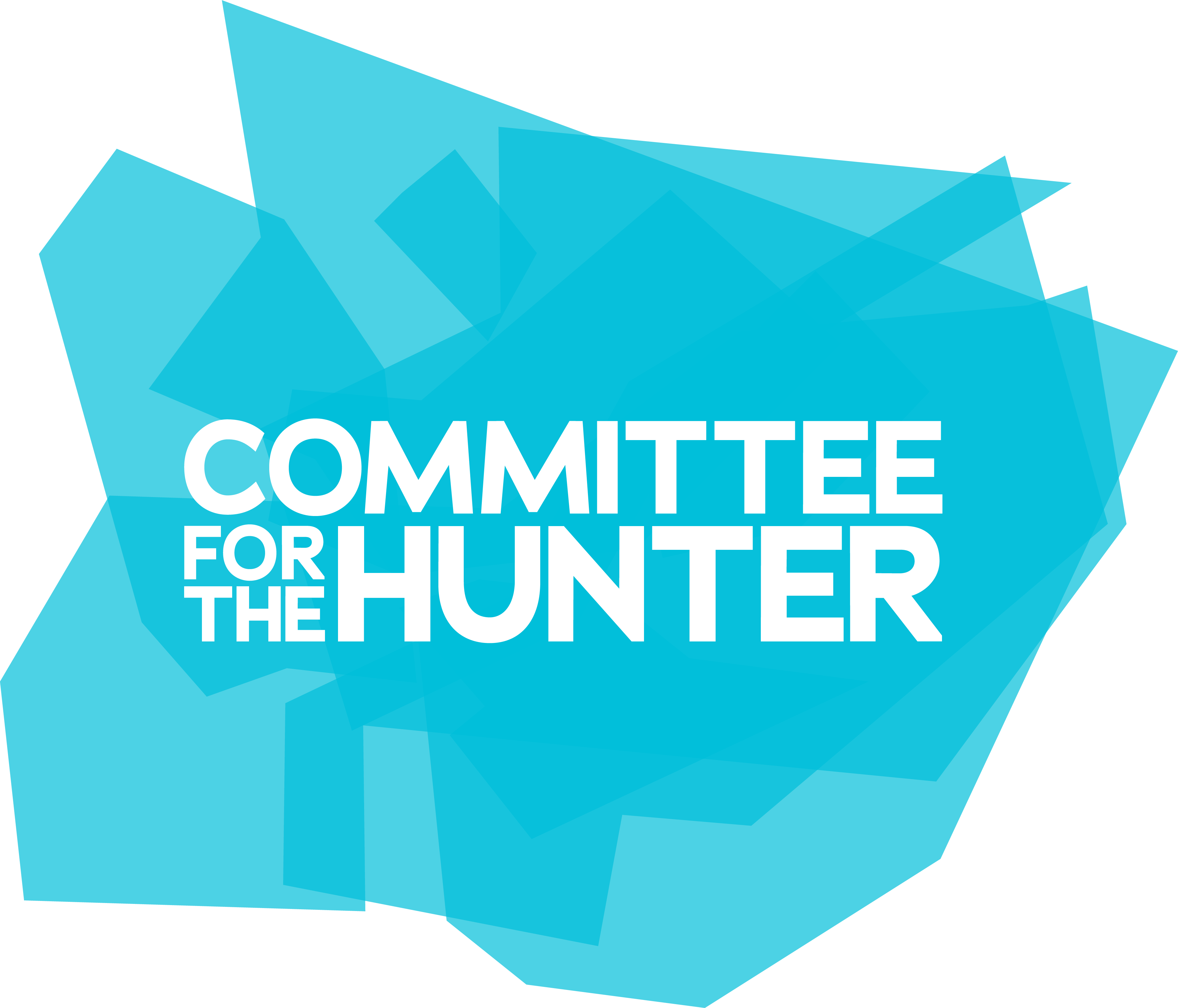The Guardian March 7, 2023

The expert behind the New South Wales government’s fast rail strategy has warned that a landmark policy to spread population growth outside Sydney in coming decades is destined to fail amid revelations the Coalition has shelved plans to build a dedicated fast rail system.
Prof Andrew McNaughton – the British rail expert who former premier Gladys Berejiklian sought out to develop a fast rail strategy in 2018 and who now chairs the UK’s Network Rail High Speed – has expressed disappointment at the apparent deviation from his advice and called on the NSW government to make public his report that has been kept secret for years.
Last week, Guardian Australia revealed the Perrottet government had quietly abandoned its vision to build a dedicated fast rail line between Sydney’s Olympic Park and Newcastle – along one of the corridor priorities identified by McNaughton – despite four years and roughly $100m spent on feasibility studies.
Confidential documents seen by Guardian Australia reveal that work on a final business case was abruptly halted in mid-December, just as geotechnical drilling was being planned and that the NSW transport department now considers further planning and construction of dedicated fast rail in the state to be a task for the commonwealth and its yet-to-be-operational high speed rail authority.
Additionally, Guardian Australia understands the NSW government has not secured any land on any of the fast rail corridors identified by McNaughton.
A department spokesperson confirmed that only business cases related to “improvements to existing lines” are now being worked on as part of its fast rail plan and that “planning progresses with the Australian government for a national high speed rail network”.
The state’s fast rail strategy is now at odds with the sentiment expressed by Berejiklian when announcing it as a showpiece policy in the lead-up to the 2019 state election. “I’m not going to wait for the other states and the federal government, we’ve waited too long so NSW will start the process,” Berejiklian declared at the time.
McNaughton’s strategy – which Guardian Australia has spent two years attempting to obtain under freedom of information laws – was developed with government economic and departmental advice as well as input from the regional cities it would benefit, as a way to improve liveability outside Sydney. McNaughton stressed the fast rail network’s goal was to facilitate occasional trips, not daily commuting.
It advised connecting Newcastle and Wollongong as a priority for fast rail, with trip times of one hour and 90 minutes respectively, ahead of the Canberra corridor and a line to the state’s central west.
McNaughton said the strategy noted the speed of implementing the project would depend on government finances, but stressed building new, dedicated fast rail lines and securing the land for corridors early on were crucial.
Asked on Friday about the cancellation the premier, Dominic Perrottet, said the government had made a series of financial decisions about rolling out its infrastructure projects.
“What you do as a government during the budget period is you make investment decisions based on the plans that you’ve set out,” Perrottet said.
He insisted the government’s “Six Cities” vision of enhancing those rail links across NSW between 2022 and 2042 remained intact. “High speed rail is an important part of doing just that.”
However McNaughton said the six cities plan – to consider Sydney as a mega region split across Newcastle, the Central Coast and the Illawarra as well as eastern, central and western Sydney – would not work if the crux of his fast rail strategy about effectively connecting the six cities was ignored.
“All the evidence showed that for the six cities concept to work, you need to connect places such as Newcastle with Sydney in an hour, and it needed to be with a new track because the existing one would just be too slow … It didn’t need to be a Japanese-style bullet train, but it needed to be a new line.”
“If you don’t make a start now, if you don’t show people that they can choose to live in Wollongong or Newcastle and they’ll still be able to access services in and visit Sydney, then everybody is going to end up living in Sydney.”
McNaughton said that if the NSW government viewed the commonwealth taking over building high speed rail to Newcastle as a way to save money, he was sceptical it would be provided for the state in the way he had envisaged.
He was also scathing of the fact the NSW government had not yet secured any land on the corridors in the fast rail strategy. “It is a terrible thing when a government delays so long they end up spending more taxpayers’ money than they needed to.”
McNaughton urged the NSW government to release the strategy he worked on.
“Publish it so people can either agree with it or challenge it. It’s the strangest thing, in every other country I’ve worked in, papers have been published because they’re taxpayer funded,” McNaughton said. “For god’s sake get on with it already.”
Responding to revelations about the abandoned business plan, chief executive of the Committee for the Hunter, Alice Thompson, told the Newcastle Herald “if the Liberal National NSW government has handed over responsibility for a project that doesn’t even cross borders to the feds, this will be one of the greatest examples of buck passing in recent memory”.
– Australian Associated Press contributed to this report
